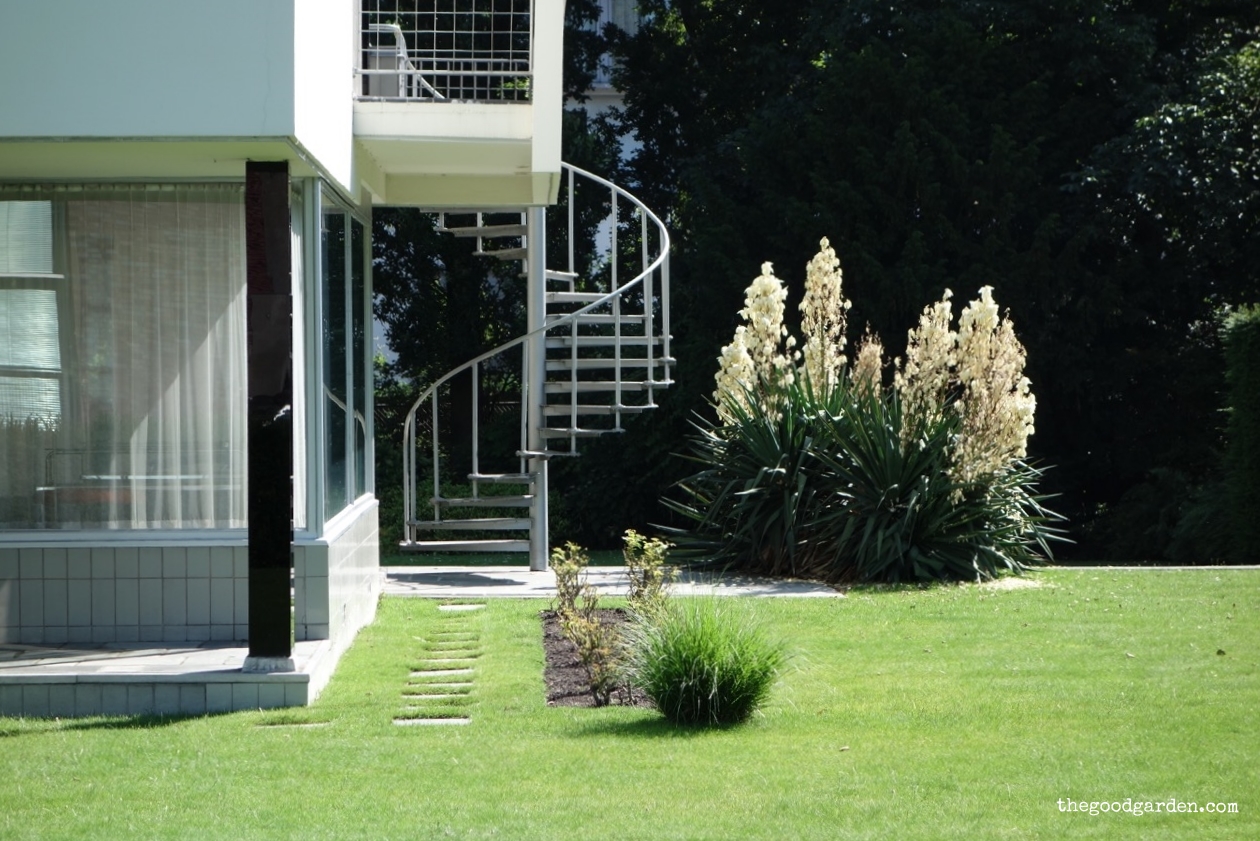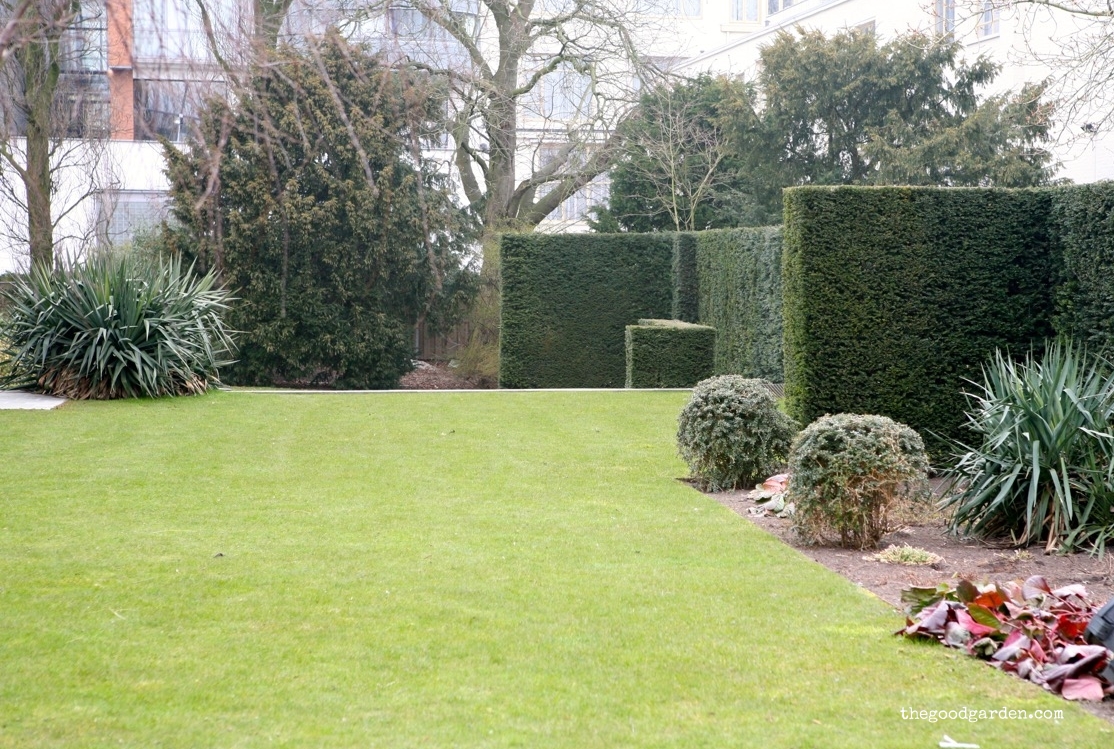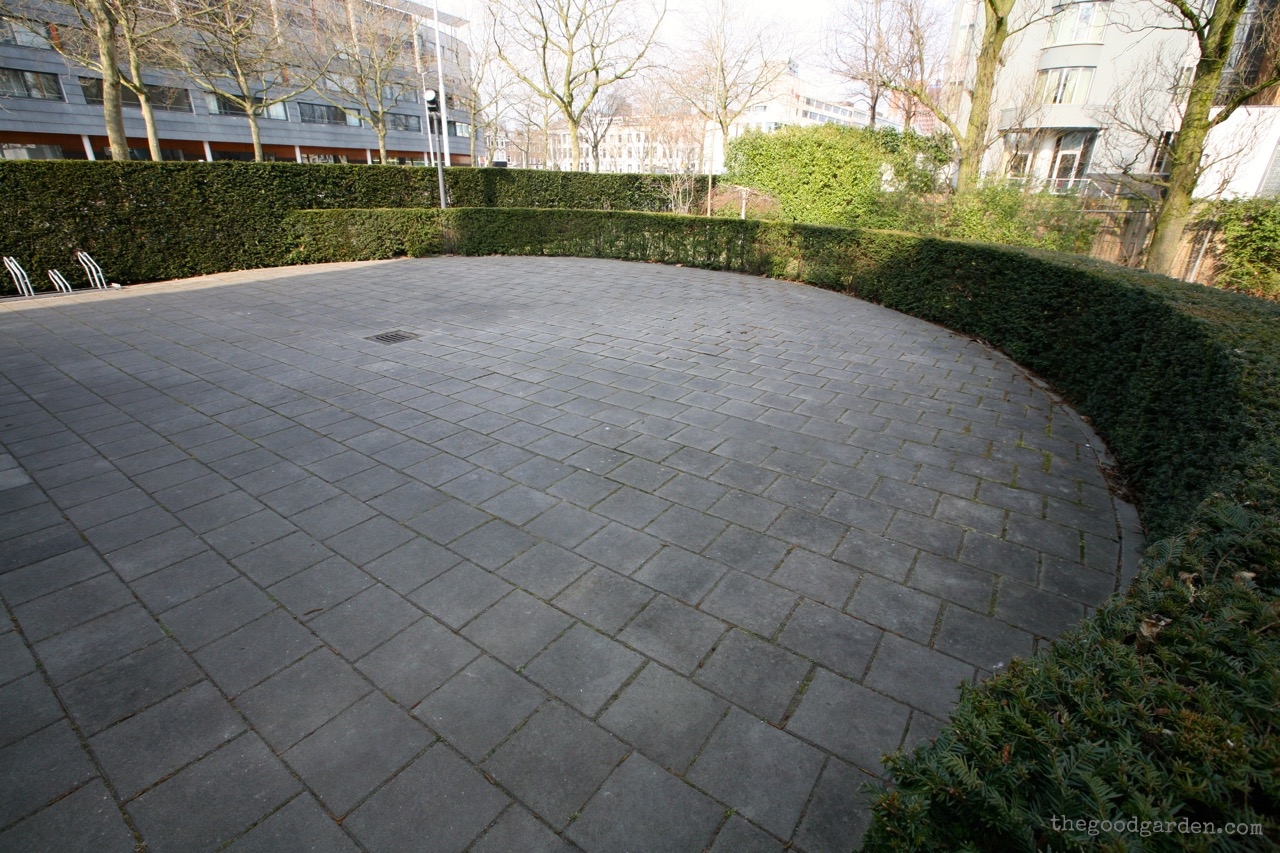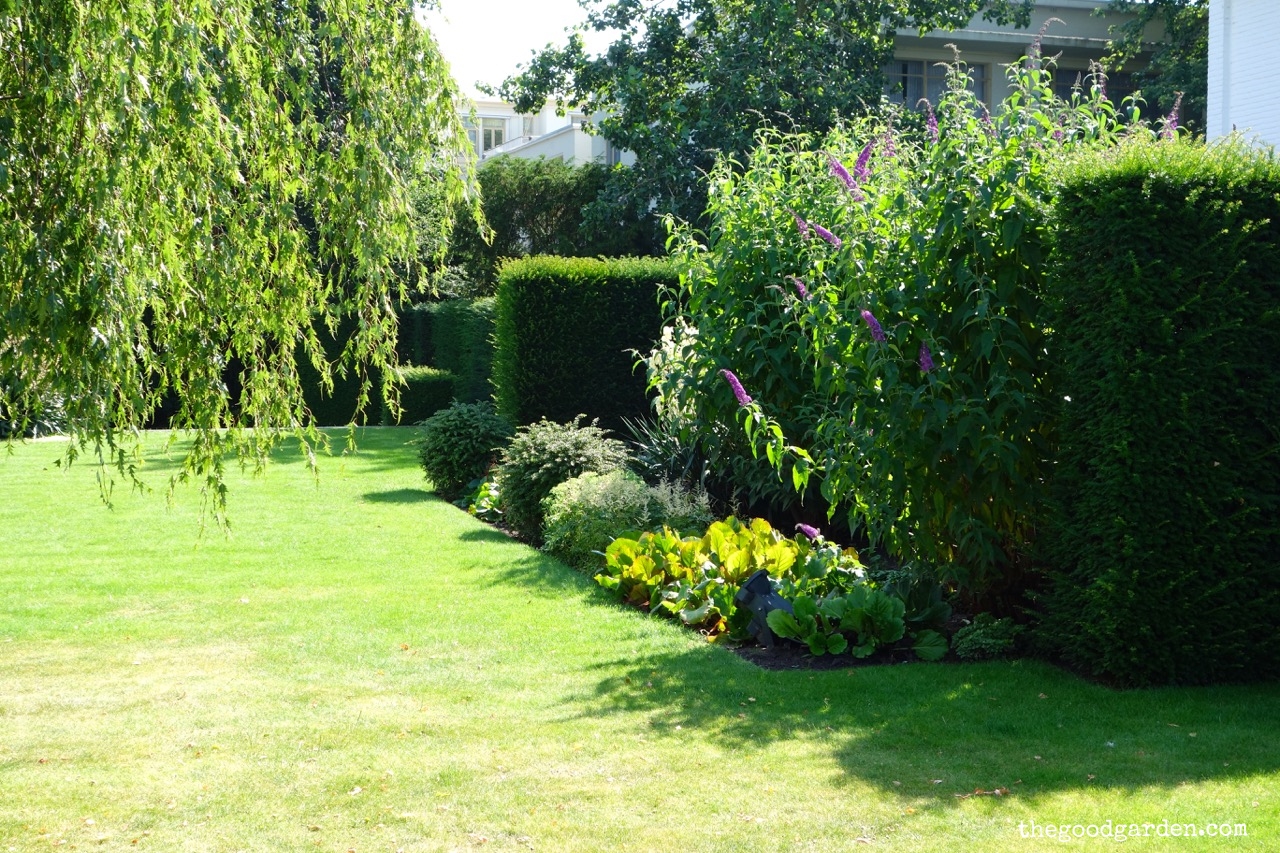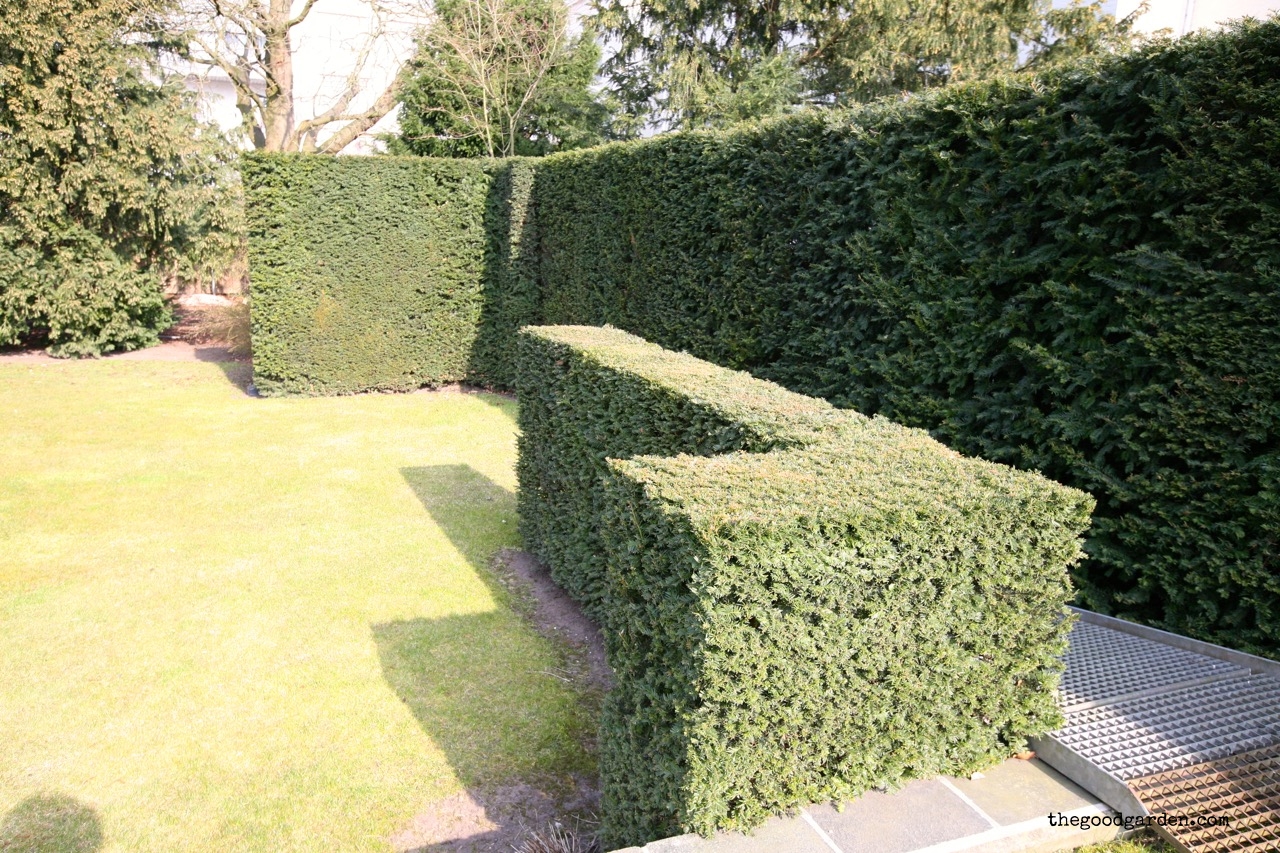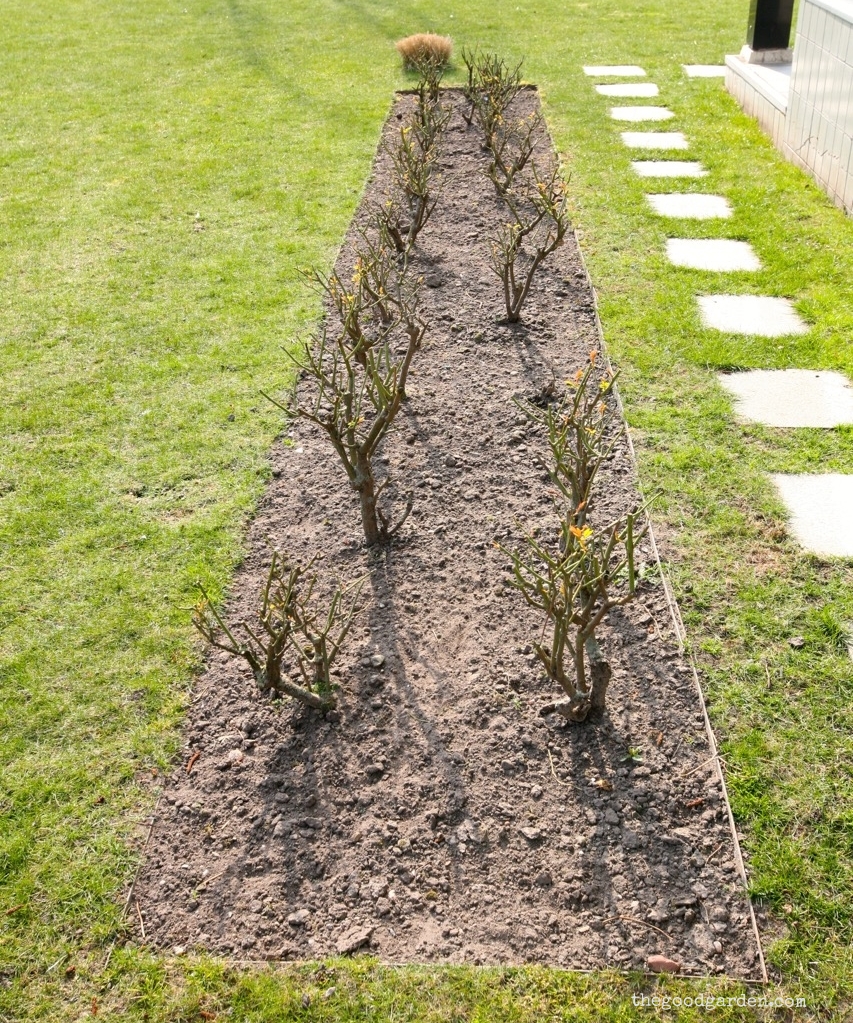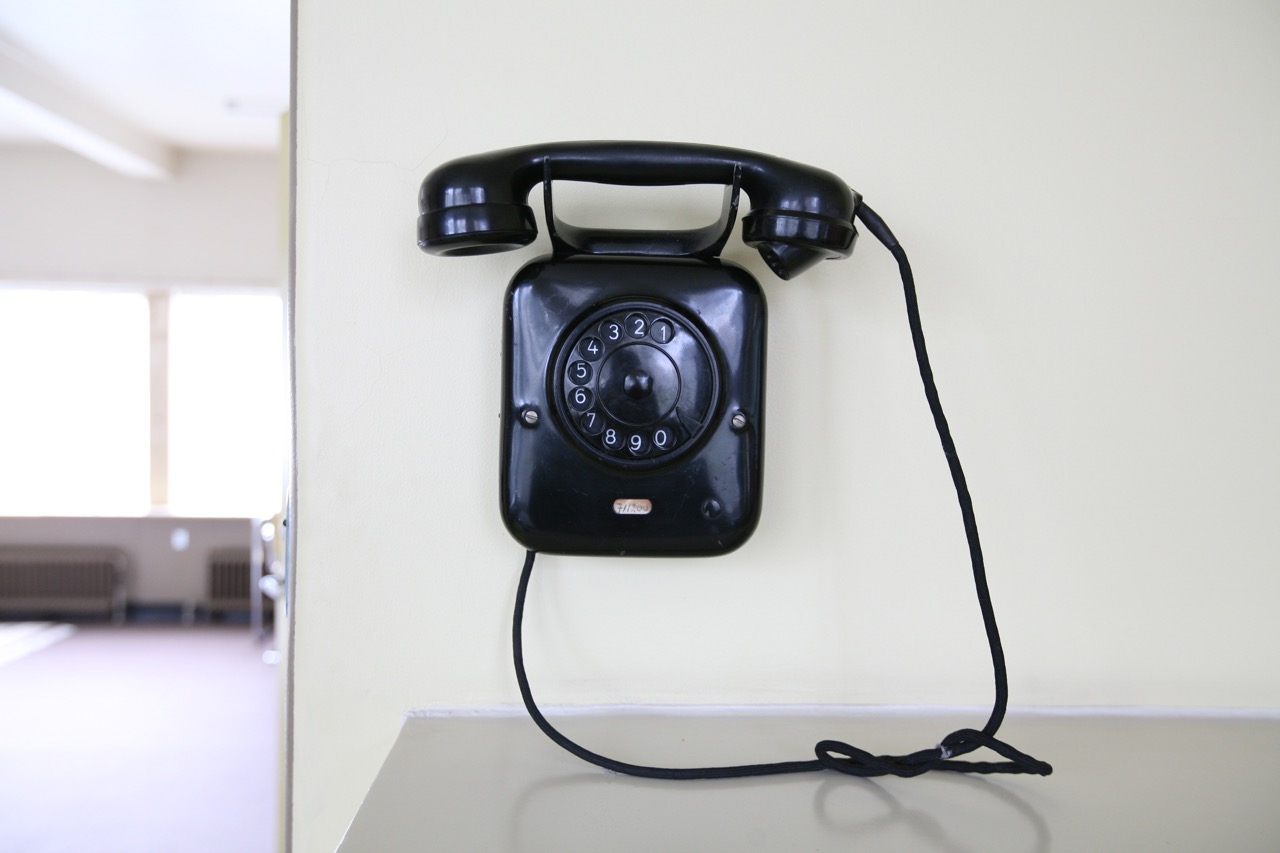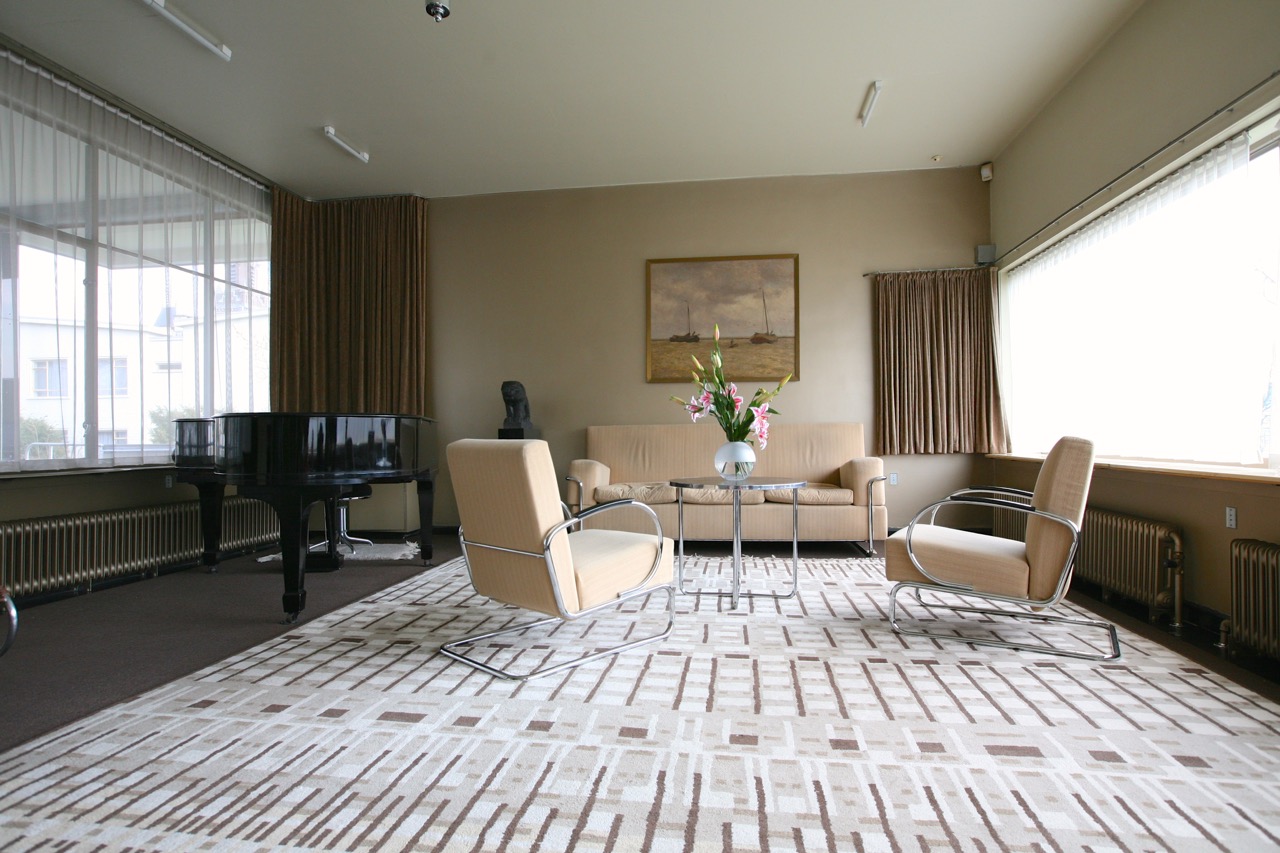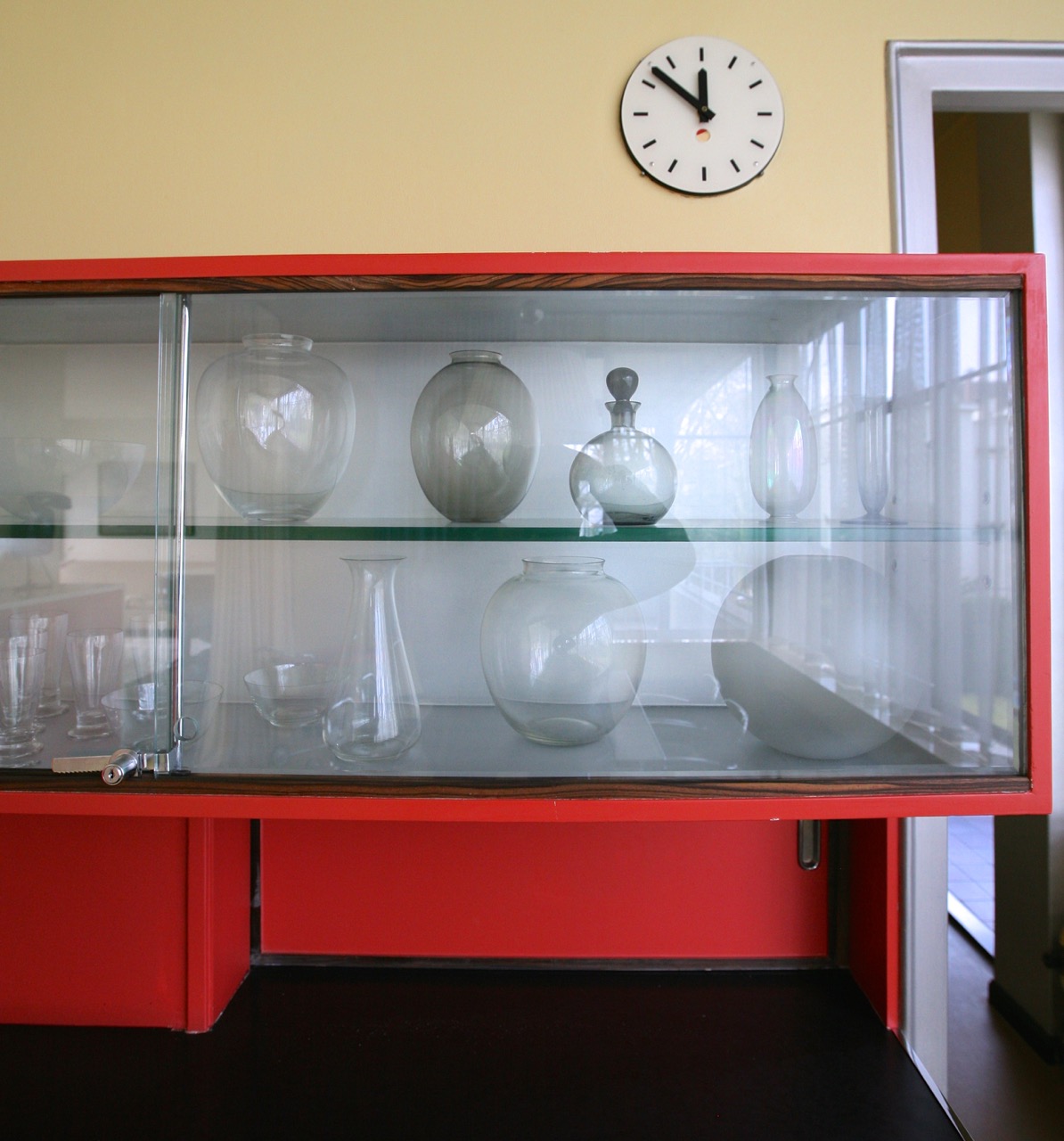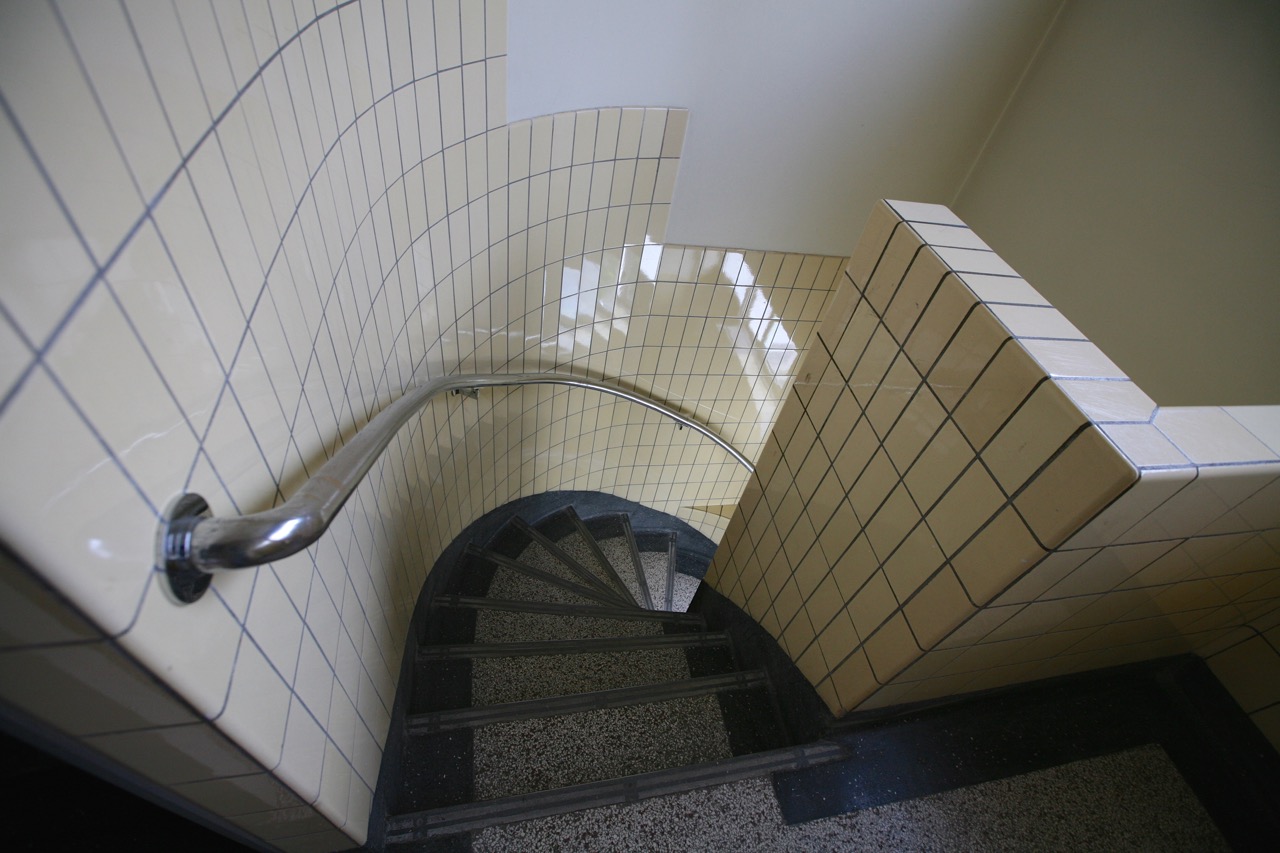Rotterdam, the second largest city in the Netherlands, is a layered place. Not one to knock you over the head with its treasures, this city gets better the more you experience it. It has the largest port in Europe, wonderful art museums, a massive bi-weekly farmer’s market, and an incredibly diverse mix of architectural styles.
One of my favorite spots is off the beaten path: a small neighborhood of modernist houses from the 1930’s international school of architecture. When you stand in their midst, they envelope you and make you feel as if you had stepped back in time to the years before WWII. There is a sense of hope in the potential of the future where design, technology and machines would solve the problems of the world. At the same time, there is the expectation of impending doom. In a city that was destroyed during WWII, this neighborhood miraculously survived. Even more special: the houses are well-maintained and keep their original character.
Leendert van der Vlugt, a partner in the architectural firm Brinkman & Van der Vlught that designed the Sonneveld House. Source: Unkown.
I loved seeing that this type of architecture had a correspondingly modern garden aesthetic to match. These gardens are clean, formal, simple; they use modern materials. At the time, the arts and crafts garden was the ideal. But for proponents of modern landscape design, the philosophy of looking to history for inspiration was out of touch. Modernists looked forward. Accessibility and functionality were primary; these gardens weren’t just for the “Country Place” or “gilded-age” set. In landscape design this meant leaving behind the romantic, effusive plantings that also required a gardening staff to maintain. In its place, design moved to geometry and formality, but without the symmetry of the formal French or Italian gardens. Entire squares filled with one specimen: tidy, easy to care for, and in harmony with the architecture of the home.
Front facade of Sonneveld House.
One of my favorite examples is the Sonneveld House, built in the 1930’s by architects Brinkman & Van der Vlugt in the Nieuwe Bouwen style, the Dutch branch of the International School. The house shares style cues with the work of other modernists: Swiss architect Le Corbusier, German architect Walter Gropius and Ludwig Mies van der Rohe.
The garden blends seamlessly with the house as a series of bold shapes. Geometric beds and hedges set the structure and mirror elements of the house. Yew hedges are set parallel to walls to emphasize their linearity; a circular outdoor patio echoes the shape of a circular staircase. Note how "the rose garden" above lines up with a straight path. Plants such as pampas grass and yucca are chosen for their bold shapes; and most beds are planted with a single type of plant. The overall feel is intentional, fresh, simple.
Contrast this garden with the arts and crafts gardens at Hidcote and Sissinghurst that were created at the same time. Just as garden design became polarized between the formal and the picturesque in the 1700’s, the 1930’s saw a split between the nostalgic arts & crafts-- and the modern.
The Sonneveld House stands adjacent to the Netherlands Architecture Institute (NAI) and is now open as a museum that showcases the interiors as they would have appeared in 1933. Stunning and worth the visit.

